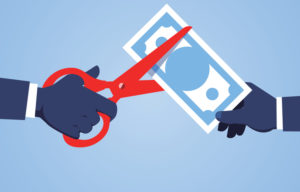In The Financial Times, Peter Oppenheimer explains how the recovery from the COVID-19 crash could be different from previous recoveries. He writes:
Global equity market capitalisation has grown to $100tn, roughly 115 per cent of global GDP — the highest level since the pre-financial crisis peak in 2007.
But this scale of recovery is not unprecedented and bears a remarkable resemblance to the period after the trough in 2009 that followed the financial crisis, when the MSCI World index rose 68 per cent over a similar period.
Conditions at the time of the 2009 trough were, however, very different from today. Although the recession this time has been deeper, the falls in equity prices during the financial crisis were sharper, averaging about 60 per cent (in line with the average of historical structural bear markets), compared with falls of about 30 per cent this year (in line with the average for event-driven bear markets).
Consequently, at its trough in the financial crisis, the total value of S&P 500 companies was roughly eight times forward earnings. The valuation trough this March was 13 times and the current ratio is 22 times.
Moreover, when the financial crisis hit, 10-year bond yields in the US and Germany were 3.9 per cent, whereas they are now just 0.9 per cent in the US and 0.60 per cent in Germany, and one-third of all government debt and a quarter of all investment grade debt has a negative yield. Furthermore, US debt to GDP was 60 per cent before the global financial crisis and is now above 100 per cent.
The speed and pace of the current rebound from the trough in March has a lot to do with the policy support, both in terms of monetary and fiscal policy. In addition to higher fiscal spending, central banks have pushed interest rates back down to zero (with some in negative territory).
Strong guidance from the central banks suggests that most of them will keep rates unchanged, perhaps until early 2025. With stronger growth pushing up inflation expectations from a record low, the real level of interest rates — the nominal rate minus inflation — has moved deeply negative.
But, ultimately, the higher starting valuations in this bear market, the lack of room for interest rates and bond yields to fall and a much higher debt burden compared with the decade after the financial crisis, suggest that over the medium term, returns will be lower. The real opportunity will be in the so-called “alpha” — picking the relative winners and losers within each market and industry, rather than “beta” of the index.
Read more here.

